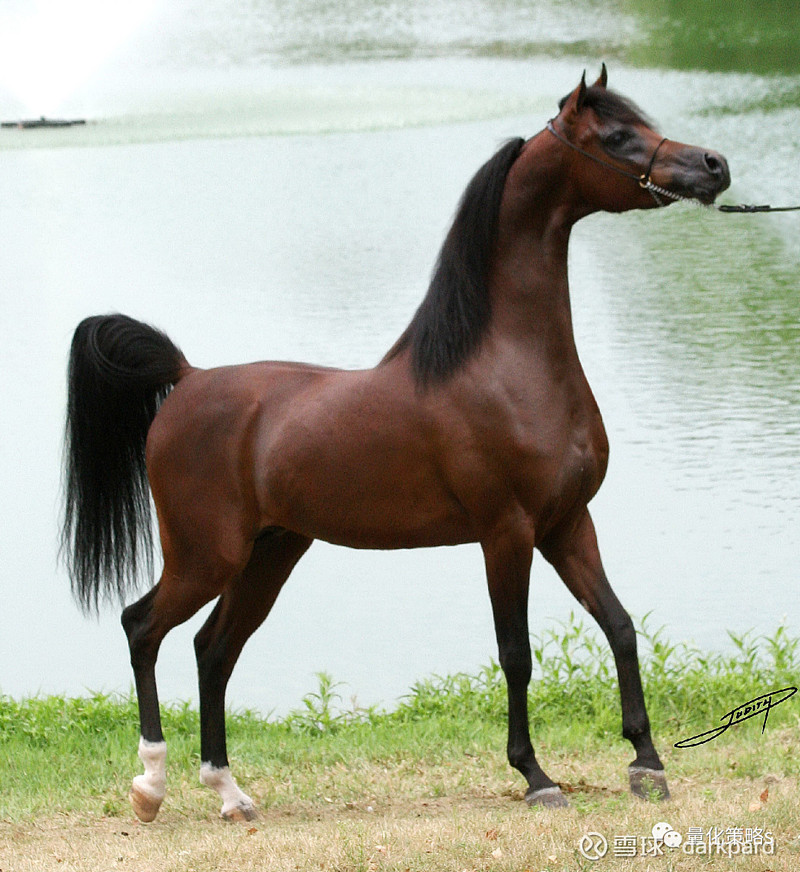生成对抗网络GAN是去年以来比较火的一个技术,它通过一个生成网络来形成新的内容,再通过一个判别网络来判断生成的内容是否是想要的内容。
一个简单的实现如下(非原创):
# ResNetGenerator
import torch
import torch.nn as nn
class ResNetBlock(nn.Module):
def __init__(self, dim):
super(ResNetBlock, self).__init__()
self.conv_block = self.build_conv_block(dim)
def build_conv_block(self, dim):
conv_block = []
conv_block += [nn.ReflectionPad2d(1)]
conv_block += [nn.Conv2d(dim, dim, kernel_size=3, padding=0, bias=True),
nn.InstanceNorm2d(dim),
nn.ReLU(True)]
conv_block += [nn.ReflectionPad2d(1)]
conv_block += [nn.Conv2d(dim, dim, kernel_size=3, padding=0, bias=True),
nn.InstanceNorm2d(dim)]
return nn.Sequential(*conv_block)
def forward(self, x):
out = x + self.conv_block(x)
return out
class ResNetGenerator(nn.Module):
def __init__(self, input_nc=3, output_nc=3, ngf=64, n_blocks=9):
assert(n_blocks >= 0)
super(ResNetGenerator, self).__init__()
self.input_nc = input_nc
self.output_nc = output_nc
self.ngf = ngf
model = [nn.ReflectionPad2d(3),
nn.Conv2d(input_nc, ngf, kernel_size=7, padding=0, bias=True),
nn.InstanceNorm2d(ngf),
nn.ReLU(True)]
n_downsampling = 2
for i in range(n_downsampling):
mult = 2**i
model += [nn.Conv2d(ngf * mult, ngf * mult * 2, kernel_size=3, stride=2, padding=1, bias=True),
nn.InstanceNorm2d(ngf * mult * 2),
nn.ReLU(True)]
mult = 2**n_downsampling
for i in range(n_blocks):
model += [ResNetBlock(ngf * mult)]
for i in range(n_downsampling):
mult = 2**(n_downsampling - i)
model += [nn.ConvTranspose2d(ngf * mult, int(ngf * mult / 2),
kernel_size=3, stride=2,
padding=1, output_padding=1,
bias=True),
nn.InstanceNorm2d(int(ngf * mult / 2)),
nn.ReLU(True)]
model += [nn.ReflectionPad2d(3)]
model += [nn.Conv2d(ngf, output_nc, kernel_size=7, padding=0)]
model += [nn.Tanh()]
self.model = nn.Sequential(*model)
def forward(self, input):
return self.model(input)
我们可以用它来实现把马变成斑马,首先创建一个实例
netG = ResNetGenerator()
然后下载一个训练好的模型参数给我们的netG
!git clone 网页链接
model_path = 'dlwpt-code/data/p1ch2/horse2zebra_0.4.0.pth'
model_data = torch.load(model_path)
netG.load_state_dict(model_data)
将模型调整为评估模式
netG.eval()
随便找一张马的图片,读取图片
from PIL import Image
from torchvision import transforms
img = Image.open("horse.jpg")img

对图片进行一些处理
preprocess = transforms.Compose([transforms.Resize(256),
transforms.ToTensor()])
img_t = preprocess(img)
batch_t = torch.unsqueeze(img_t, 0)
batch_out = netG(batch_t)
指马为斑马
out_t = (batch_out.data.squeeze() + 1.0) / 2.0
out_img = transforms.ToPILImage()(out_t)
out_img
